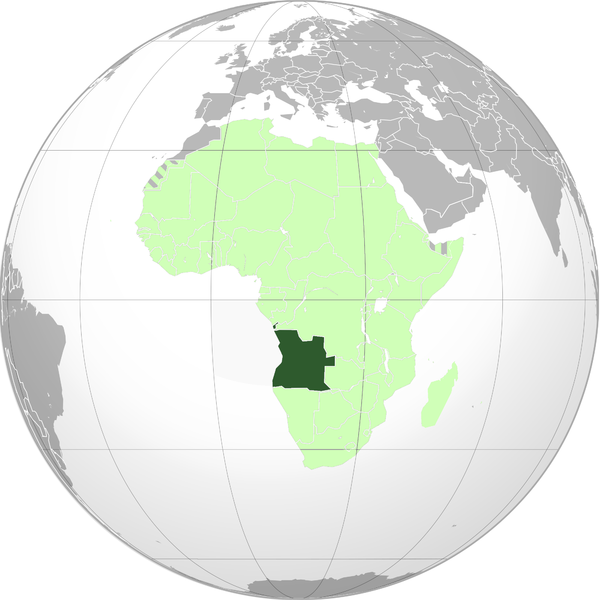Angola’s yellow fever outbreak has affected in 490 people and killed 198 since it’s beginning in Dec. 2015, with 1,000 more suspected cases being reported.

The Director-General of the World Health Organization (WHO), Dr Margaret Chan, arrived in Angola’s capital Luanda for a two-day visit to assess the situation of the current outbreak of yellow fever virus.
“This is the most serious outbreak of yellow fever that Angola has faced in 30 years,” says Dr Chan, who visited a vaccination point in Luanda. “WHO is taking urgent action to support the Government to control this outbreak with a widespread vaccination campaign.”
“The vaccination campaign has so far been effective. We are seeing case numbers dropping considerably, especially in Luanda,” explains Dr Sergio Yactayo, expert on epidemic diseases at WHO, following his mission to Angola. “We need to vaccinate the maximum number of people in Luanda and the affected provinces as possible to stop the spread of this deadly disease.”
As of end of March, WHO and partners had vaccinated 5.7 million people in Luanda against yellow fever using vaccines from the International Coordination Group emergency stockpile.
Despite the effects of the vaccination campaigns in Angola, a problem is lurking–a yellow fever vaccine shortage– the emergency stockpile has been completely depleted.
UN officials say an additional 1.5 million doses are needed to vaccinate the population at risk in Luanda province alone. WHO is in discussion with manufacturers and partners to divert shipments of vaccines for national routine immunization programmes until the emergency stockpile is replenished.
Yellow fever virus is transmitted by infected mosquitoes, the most common species being Aedes aegypti – the same mosquito that spreads the Zika virus. Symptoms include fever, headache, muscle pain, nausea, vomiting and fatigue. A small percentage of infected people experience a second, more severe phase of illness which includes high fever, jaundice and internal bleeding. At least half of severely affected patients who don’t receive treatment die within 10 to 14 days.
Related:


2 thoughts on “Angola: WHO’s Chan assesses yellow fever outbreak; vaccine stockpile depleted”